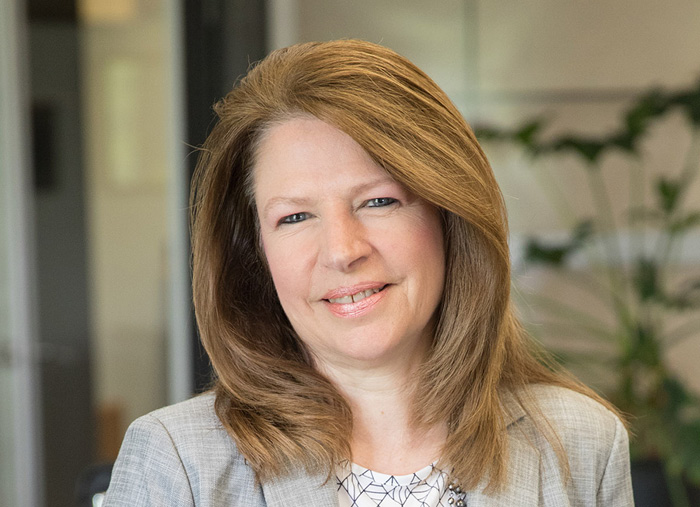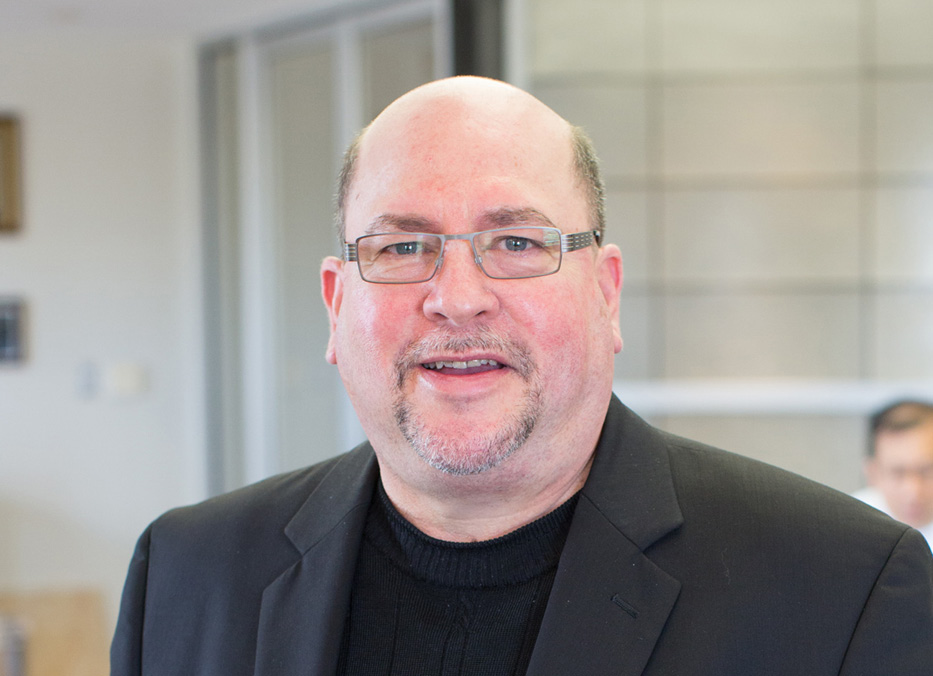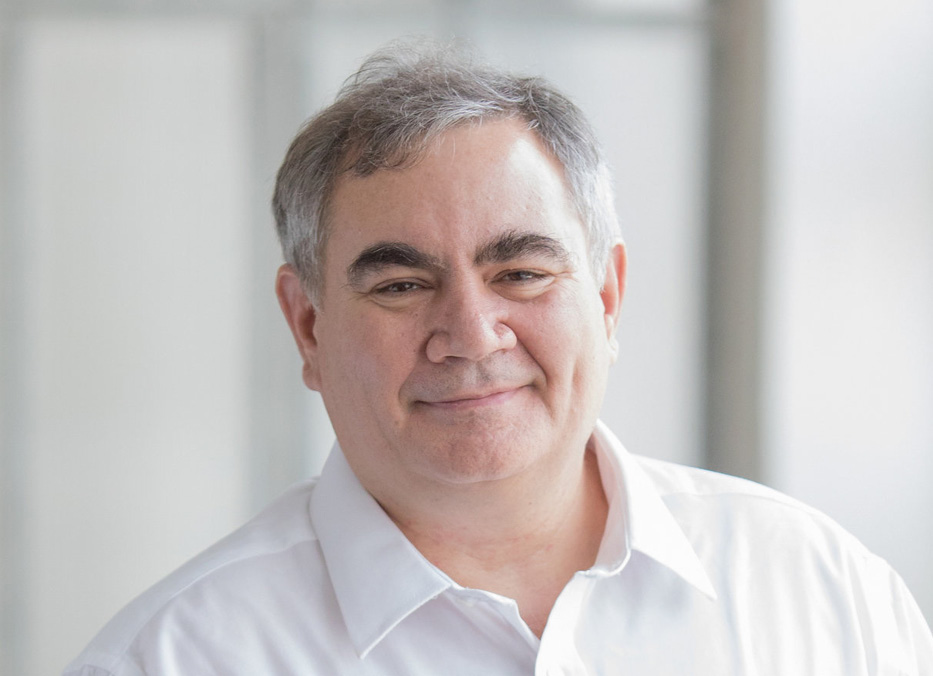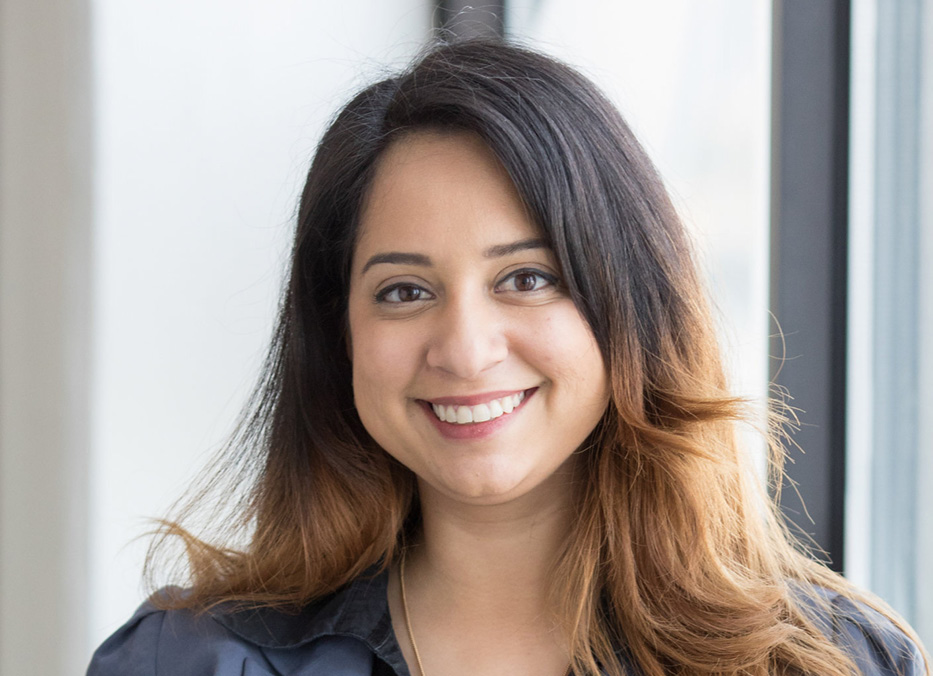by Dora Kay, AIA
From sprawling, single-story facilities on the outskirts of townships, to vibrant high-rises that make aging populations a vital part of urban communities, senior living has evolved over the years, now representing one of the most fulfilling sectors of the architectural design industry.
At Moseley Architects, we have enjoyed not only watching this sector evolve, but also being an active proponent in its evolution. Many of our architects and designers were among the first to break ground on the modern era of senior living and have served as pioneers. Partnering with leading communities, our firm has designed over 450 facilities over the years—from active, independent and assisted living to memory care, across urban, suburban and resort-style settings.
As one of Moseley Architects’ board members, I have the pleasure of leading its senior living sector. Today, we gather three of Moseley Architects’ top and rising experts to discuss senior living designs, including where the sector is headed and few personal stories that serve as inspiration.
I’m Dora Kay and joining me today are Steve Ruiz, architect and former sector leader for senior living, and Mike Stumpfoll, a 30-year senior living architect, who has been an essential member of our continuing care communities design team.
We’re also joined by Sally Plunkett, who, at 29 years old, represents one of our brightest and freshest perspectives. Sally lives in Baltimore, where she’s testing to become one of our newest, licensed architects, but she’s far from new to the field, as she already has five years of professional experience, the majority of which she’s spent designing for senior living.
Dora: Welcome everyone. Steve, if I’m not mistaken, aside from myself you have the longest-standing experience in senior living, including, what, 30 years now? I thought we might start by asking you to share some of your perspectives for the early days.
Steve: Sure. Well, by the end of the year I will have completed 43 years as an architect, and I designed my first senior living project in 1989. A lot has changed, as from the onset we saw a lot of room for growth and improvements. With my very first project, I realized that there was a need for more outcome-driven design—using data and information to inform our work. But at that time, very little information was available. For example, I recall that one of the commentators on ADA’s final draft noted that existing regulations were based on wounded veterans with good upper body strength. That just didn’t apply to our residents. So there’s been a continuous process since, pursuing new knowledge and research to expand our understanding of how the elderly respond to their natural and built surroundings.
Personal Ties
Dora: At least a couple of you have personal experiences tying you to the field, correct? How has that influenced your work?
Sally: I would say that it’s hard to work on something when you have no passion or motivation to make it better. My grandparents lived independently when I was younger, so I noticed where and how they thrived, but also where their apartment had shortcomings. With these things in mind, personally, I found my passion grew as my experience in the senior living sector progressed.
Dora: Have any personal experiences changed the way each of you looks at design?
Mike: Yes, both in terms of expected quality and accessibility, I would say. In the late 1980s, my grandmother moved into war widow housing in downtown Munich. I was an architecture student at the time and I remember that apartment well. My grandmother was a city person. She walked to get groceries nearly every day and road the tram and U-bahn all over, including to her garden plot. The units were small, with a kitchenette that included an auto shut-off range. The bathroom was large, to allow room for assistance or a wheelchair. Every unit included a concrete balcony surrounded by a wall … I remember how simple that apartment was, but … the ubiquitous tilt-turn patio door, and the solid wood panel doors that swing shut with a click; the stained wood trim, solid wood cabinetry and tile flooring—all were expected minimums.
Steve: And those expectations now extend beyond just occupants. About 10 years ago, my mother moved into one of my assisted living projects, where she lived for over five years, transitioning to memory care and shortly after passing away in her unit. It was in the last moments of her life that I truly realized the compassion and importance of caregivers, who you also think about and feel inspired to design for. I have since tried to make the places for staff as pleasant and stately as possible.
Dora: That’s a great point and clearly, they deserve our best efforts. Speaking of setting—Michael, just as your grandmother was able to get out and integrate with her urban surroundings, I know that’s become an increasingly important part of our designs, especially as we do more infill projects in urban settings. Steve, I’m wondering if you could speak to how social aspects have become an important component?
Steve: Reviewing the regulations for nursing homes is when I realized that we were breaking away from a medical model and focusing on a social model … Currently senior living has morphed into a hospitality model of social interaction and boutique style homes catering to different interests.
Programming for Activities
Mike: Speaking of socializing, I love talking to the residents that stop me in the hallways, asking about the project under construction that they’re watching go up. Another new building is coming to their community and they’re looking forward to the new residents that will join them in the restaurants, or in their clubs and card tournaments.
Dora: Do you envision these social activities as you design?
Mike: Absolutely. Living in retirement is enhanced by the interaction of friends. The residents have floor parties, and community art events, and many ways that they meet and make new connections. We create the built environment that can support those interactions. Sometimes it’s making a space that sizzles—that makes a prospective resident or their daughter stop and say, “Wow!” Other times it’s about a space that steps back, so to speak, and lets the activity stand out. An active space is more appealing than an inactive but beautiful dining room.
Dora: This seems like a great opportunity for a question I’d like to ask each of you about your own lifestyles—and that is, what sort of life do you envision for yourself when you reach this phase in your own lives? And where would you like to be?
Steve: For me, it would be a two-part retirement. The first part includes renting an RV for a football season and visiting select professional games and my college alma mater. What a way to socialize! Then, my final retirement location is a combination of mountain rural and urban college town, I would say. The main reason is to be around vibrant people that make it possible to continue my research and work, while sharing my own historical perspectives, like we’re doing today.
Mike: I was fortunate to have grown up with the Chesapeake Bay as my backyard, so I can say I am not a city person, or even a suburbanite. There is something about always having a glimpse of the horizon that gets into a person. So, where I think about retiring is where nature, views, water and mountains are abundant. Currently that seems to be offered in hybrid retirement communities. There is a trend to blend resort-style 55+ communities into independent, satellite type communities—often near college towns.
Dora: Sally, you have the furthest to go here, but do you already have some sense of what you might like?
Sally: Well, we tend to be influenced by those who raised us and what we are exposed to, right? The seniors in my life only partially retired. To his last day, my grandfather would go into the heart of the city and defend clients in court. Meanwhile, my other grandfather is still inventing new ideas for any entrepreneurship opportunity … Me, I’d like to live in an urban setting, as I believe it keeps anyone healthy to have conversations with a diverse community, through things like everyday activities, walkable access to fresh groceries, and affordable places to meet with friends who live close by.
Dora: And what would you each say is the one amenity you could not live without?
Steve: I have three—a location near the best medical facilities and services during a vulnerable time in our lives; access to fresh produce from local farmers; and, lastly, to be near sports and entertainment venues.
Mike: For me it’s my workshop. For my wife, it’s her sewing room—a suite, actually … I love building things like our ever-growing chicken coop and repairing old outboard motors … One thing to remember is that retirement living does not mean you have to give up everything. We can keep our camper, our canoes and all of the other things, until they are more useful to grandkids than ourselves.
Sally: A fresh grocery market with a bakery will be my highest priority. Fresh cut cilantro brings me memories of my whole family getting together to cook in the kitchen even in this stage of my life, so I can only imagine the influence of happiness it will bring me in future stages.
Integrating Technology
Dora: The last area I would like to touch on includes technology. How do you see this playing into your own retirement years and is there an innovation you expect to happen by that time?
Steve: I have always embraced new technology since the early days of the technological revolution … improvements to artificial intelligence and diagnostic home robots is the next wave I look forward to, as that will allow us to become more independent and productive.
Mike: Good, seamless technology will be a given in my future. Looking back to when we thought email might be useful for work [laughs] … some technologies ended up in the recycling pile, but the devices and technologies that were intuitive and easy to use have remained. I like the way that everything just works on my iPhone. I track steps with it; it contains health records; and it knows a lot about me. I think that type of technology will be expected by my generation to provide more features and abilities as we grow older.
Sally: I agree. Handheld technology is a senior’s connection to anyone and anything outside of their immediate community, at the convenience of their fingertips. Whether they play games on apps, calls their families via video chat, or scroll through photos—they are staying connected. It also supports their ability to stay engaged in current events … I also hope to see more accessible and affordable automated appliances that help protect seniors’ health and safety.
Dora: Well, we have the pleasure of not only dreaming of these advancements but seeing them in Moseley Architects’ designs. I want to thank each of you for taking time out for discussion today. As an industry, I think it goes without saying that we will continue to show sensitivity to needs, and to evolve and grow—listening to the populations we serve. Through leading Moseley Architects’ senior living sector, I for one continue to be amazed with what is possible and the designs that can be achieved. And I have no doubt that we’re just getting started and I’m am always curious about how others envision their retirement. What does retirement mean for you?



